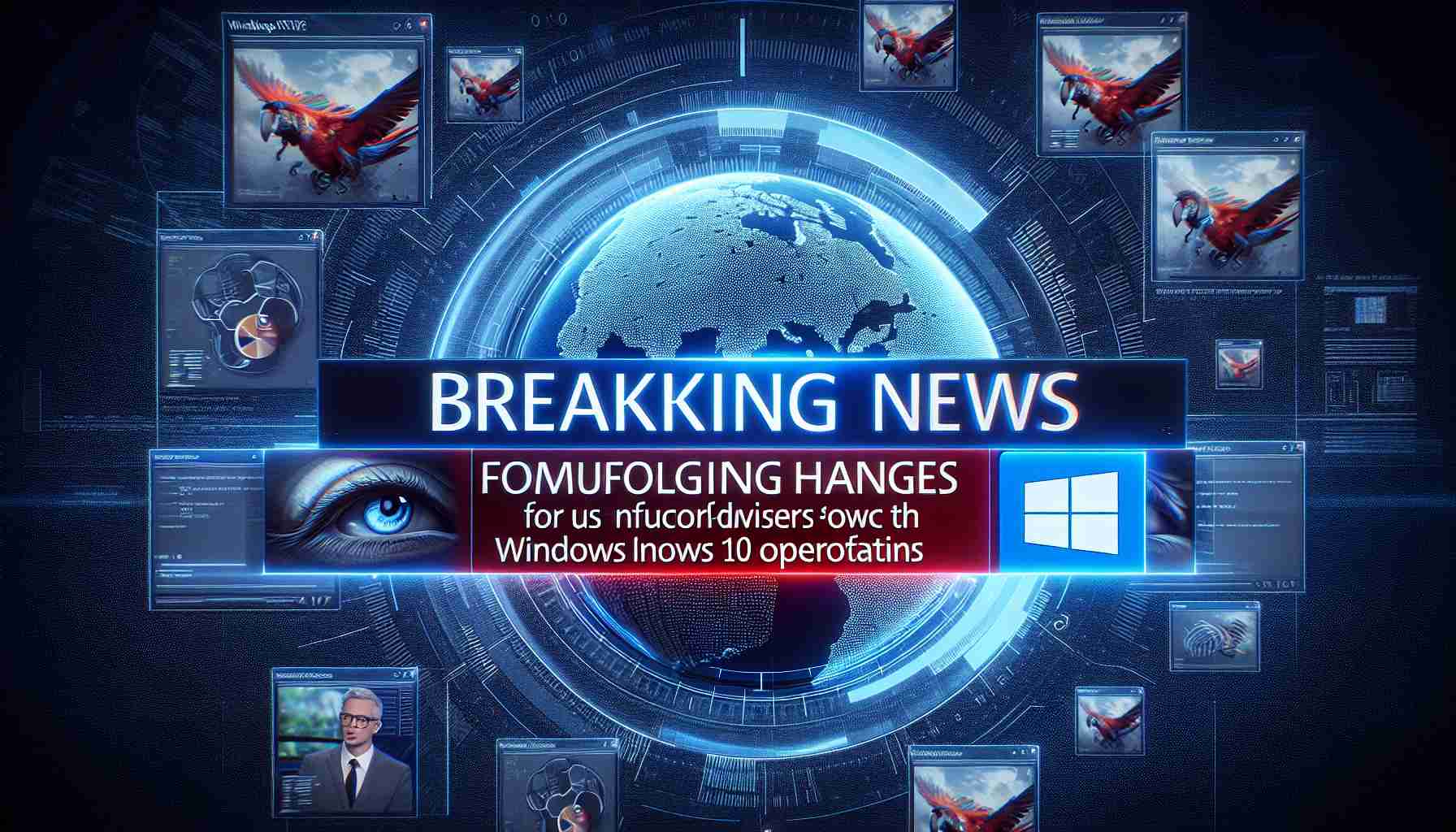Microsoft Makes Major Announcement Regarding Windows 10
Microsoft recently shared significant news regarding the future of Windows 10. As of October 2025, the operating system will cease receiving updates, signaling the transition for many users to Windows 11. Despite the upcoming changes, Microsoft continues to prioritize user support and development for current software versions.
New Support for Latest Intel Processors
In a proactive move, Microsoft introduced support for new Intel processors on Windows 10 LTSC 2021, providing users with additional options before the end of free support next year. The tech giant’s dedication to enhancing user experience remains evident in these latest updates.
Transition to Windows 11
While Microsoft facilitates the migration to Windows 11, user adoption rates have not met initial expectations. Pop-up notifications and alerts regarding the impending Windows 10 end-of-support date populate various sections of Microsoft’s official website, urging users to consider upgrading.
Changes in Windows Installation Support
Notably, Microsoft’s creation of separate subsections for Windows 10 and Windows 11 in their installation media page signifies the platform’s evolving focus. Users have already observed the removal of Windows 7 and Windows 8.1 download links and are encouraged to embrace Windows 11 before Windows 10’s support termination in 2025.
Prepare for System Image Downloads
As Microsoft prepares for the future, access to the Windows 10 ISO image may become limited post-2025, as hinted by recent guide modifications. Users interested in retaining a Windows 10 image are advised to download it promptly before changes take effect. Transition instructions from Microsoft emphasize the importance of proactive system updates.
Additional Changes in Microsoft’s Windows 10 Transition Strategy
With Microsoft’s announcement regarding the future of Windows 10 and the impending transition to Windows 11, users are facing a significant shift in the operating system landscape. While the previous article outlined key updates, there are additional crucial aspects to consider.
What are the Most Important Questions?
1. What are the key challenges associated with the migration to Windows 11?
– Some users may face compatibility issues with older hardware or software that may not be supported by Windows 11. Ensuring a smooth transition for all users poses a significant challenge for Microsoft.
2. What are the controversies surrounding the end of support for Windows 10?
– There has been debate among users about the timing of Microsoft’s decision to end support for Windows 10. Some feel that the transition is rushed, while others believe it is necessary to encourage adoption of newer technologies.
Key Challenges and Controversies
One of the key challenges facing users is the compatibility of their devices and software with the new Windows 11 operating system. While Microsoft aims to provide a seamless transition, some users may find themselves with outdated hardware or applications that are not supported by the new OS. This can lead to potential disruptions in their workflow and productivity.
On the other hand, the controversy surrounding the end of support for Windows 10 revolves around the timing and implications for users who may not be ready to make the switch to Windows 11. Some users have expressed concerns about security vulnerabilities and the lack of updates once support ends, while others see this as an opportunity to embrace newer features and improvements offered by Windows 11.
Advantages and Disadvantages
Advantages:
– Windows 11 offers enhanced security features and performance optimizations that can benefit users in terms of stability and efficiency.
– The transition to a newer operating system allows users to access the latest technology and updates provided by Microsoft.
Disadvantages:
– Users may incur additional costs for upgrading hardware or software to meet the system requirements of Windows 11.
– The end of support for Windows 10 may leave some users vulnerable to security threats if they do not transition to Windows 11 in time.
For more information on Microsoft’s Windows updates and support, visit Microsoft’s official website.
